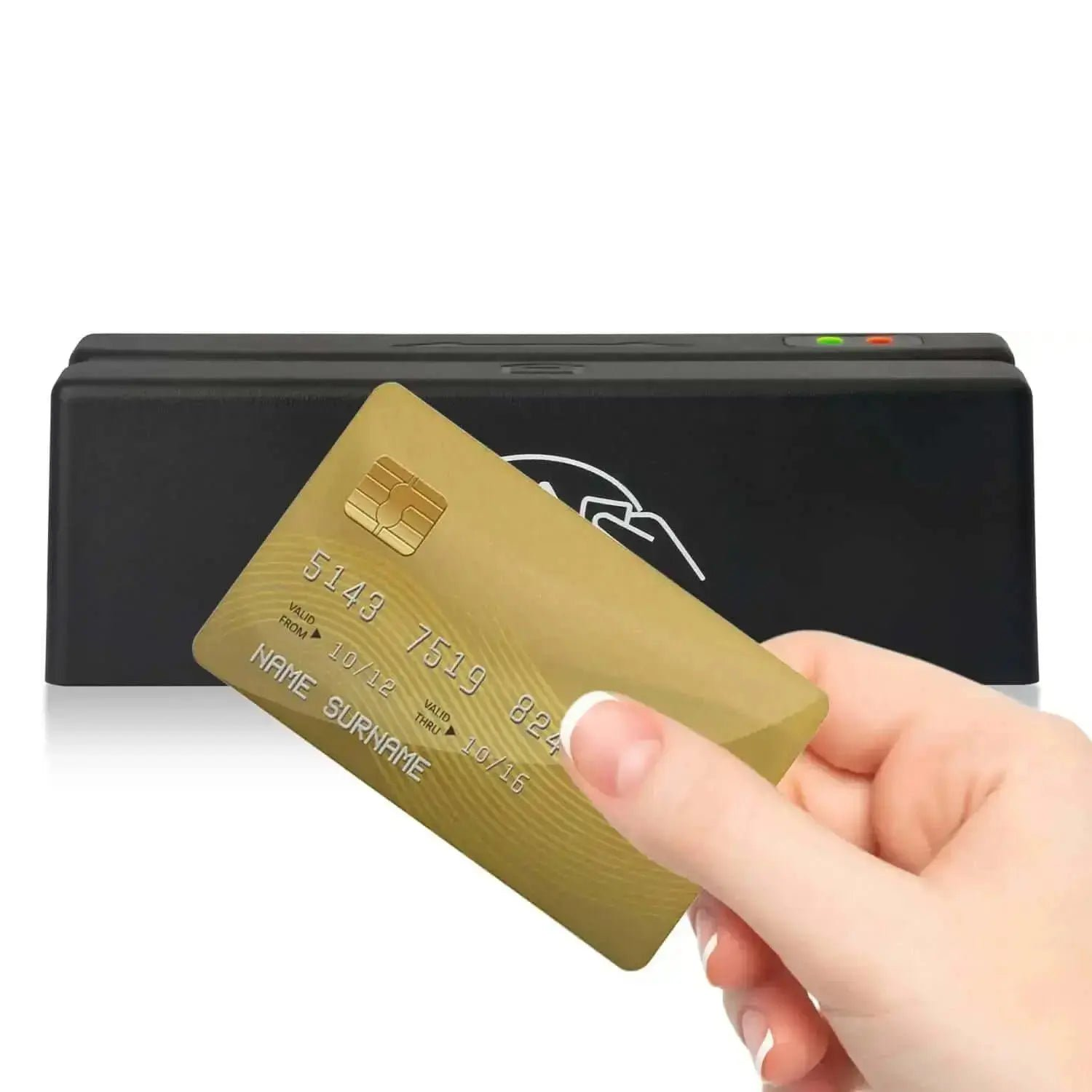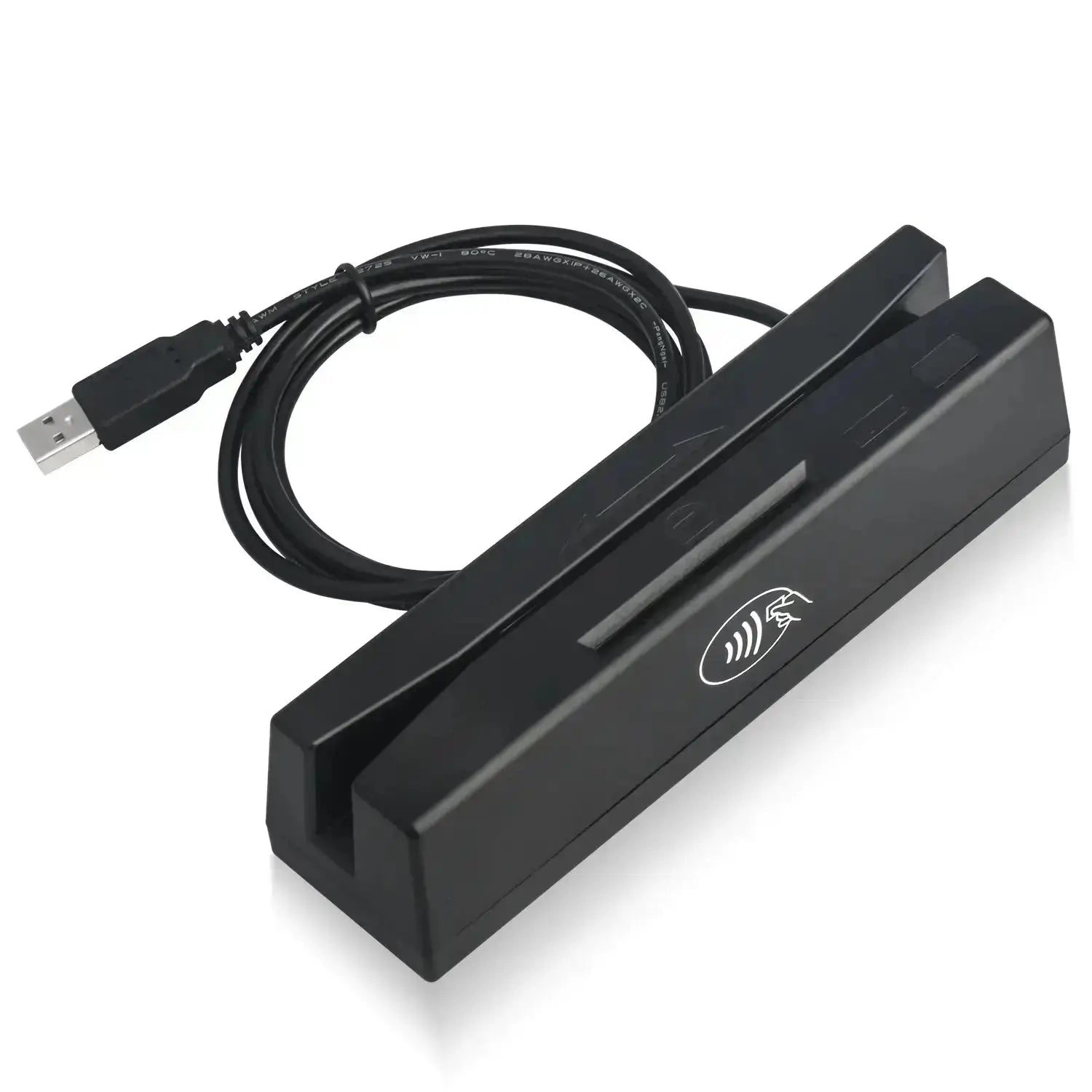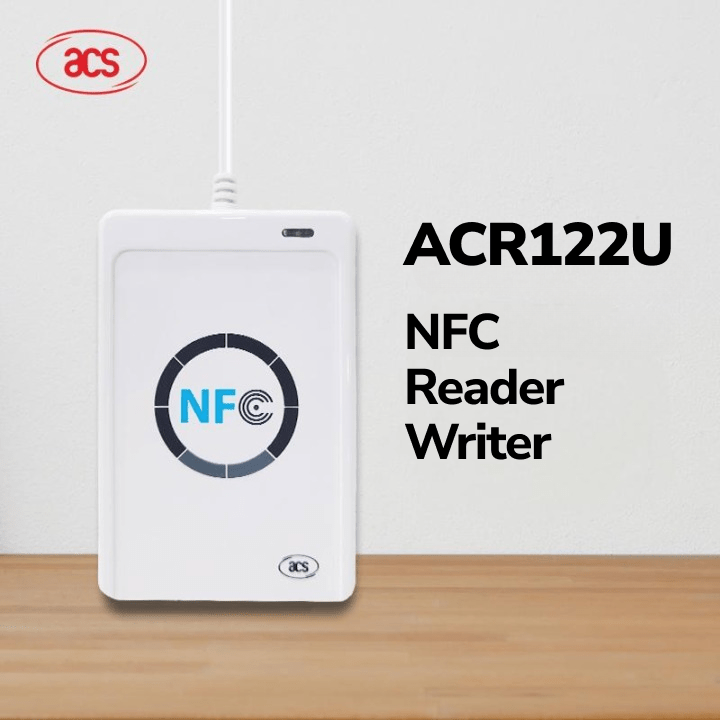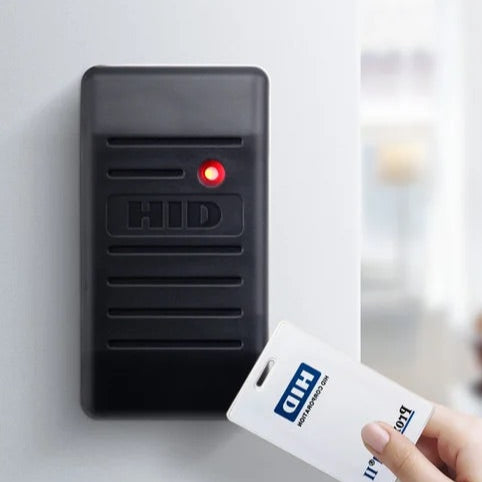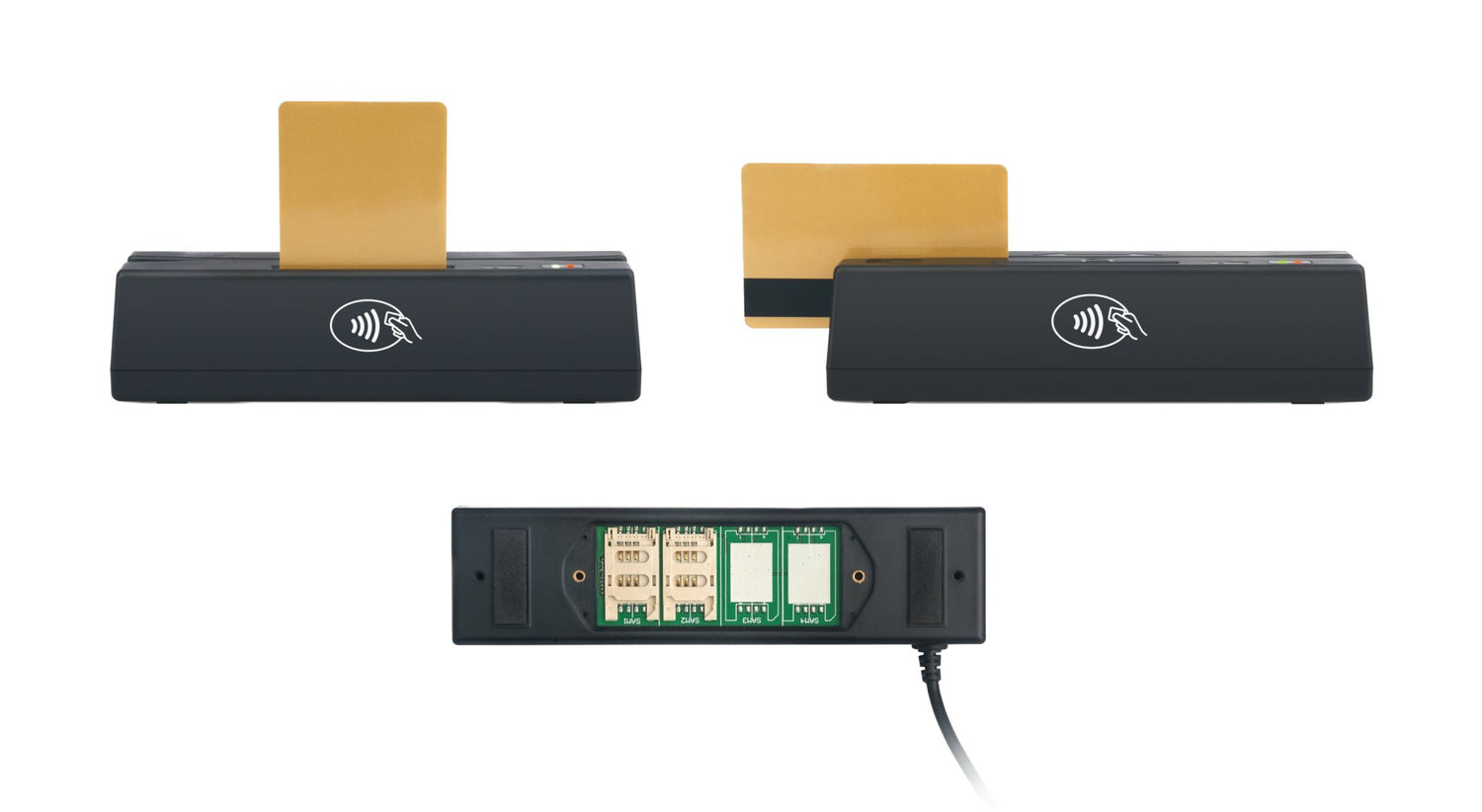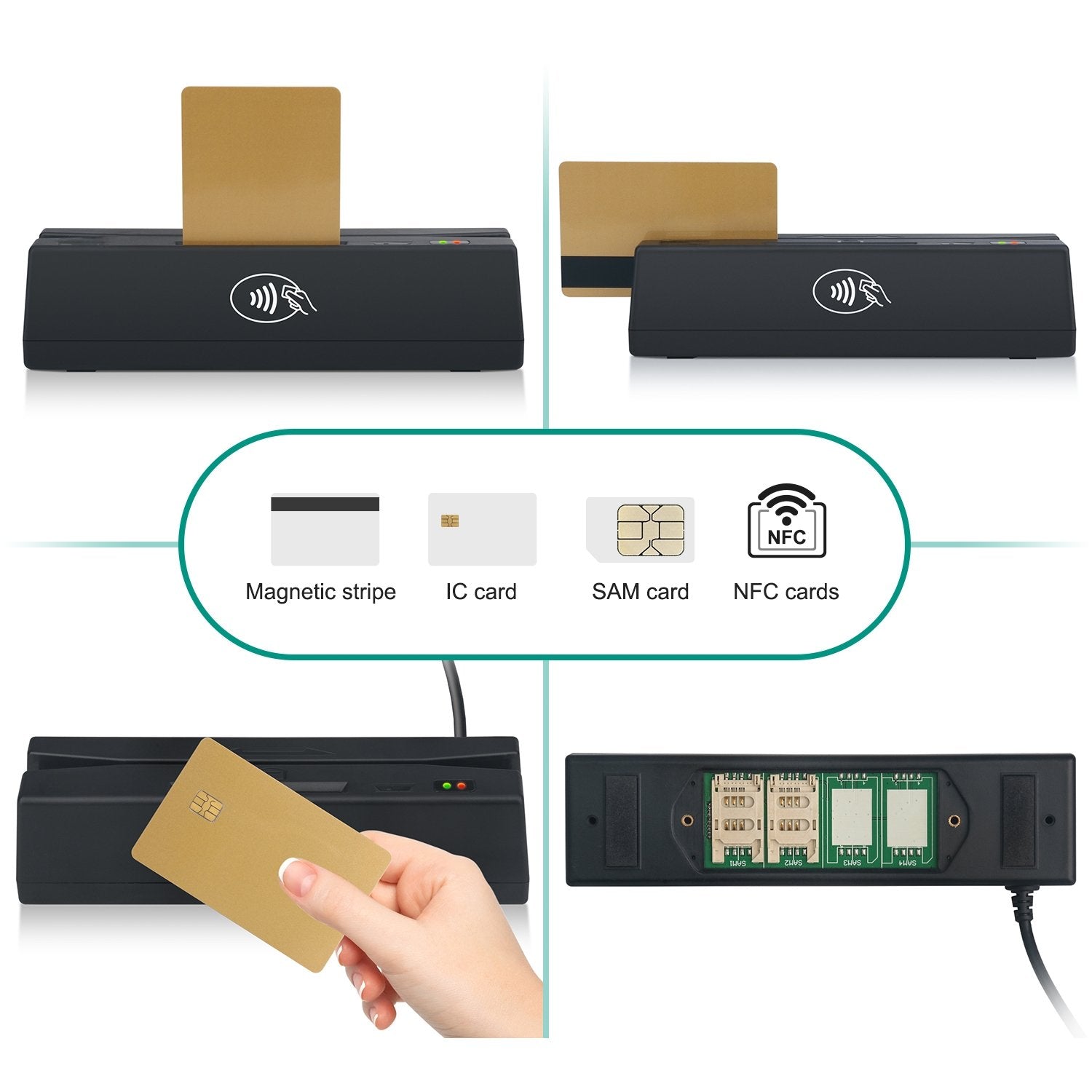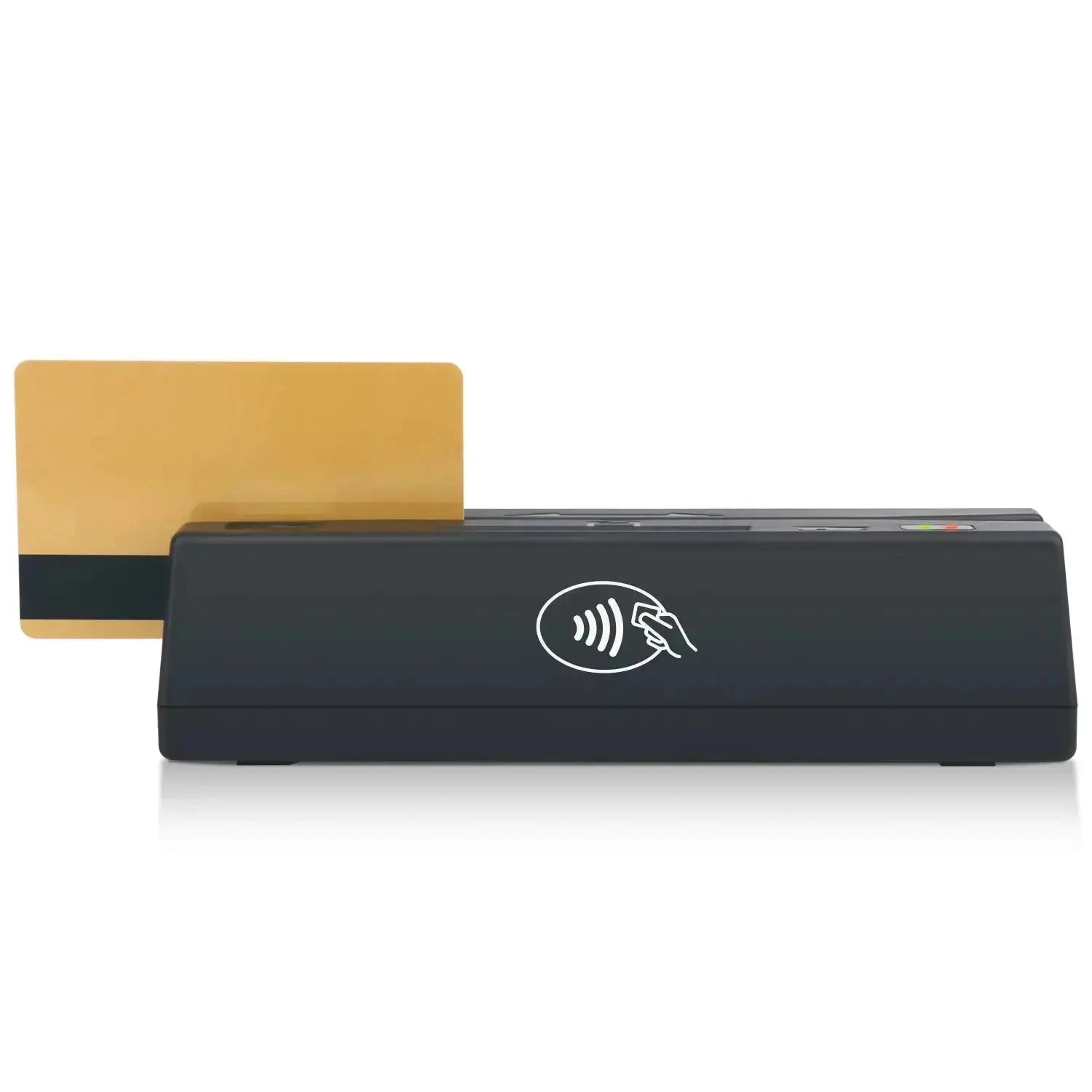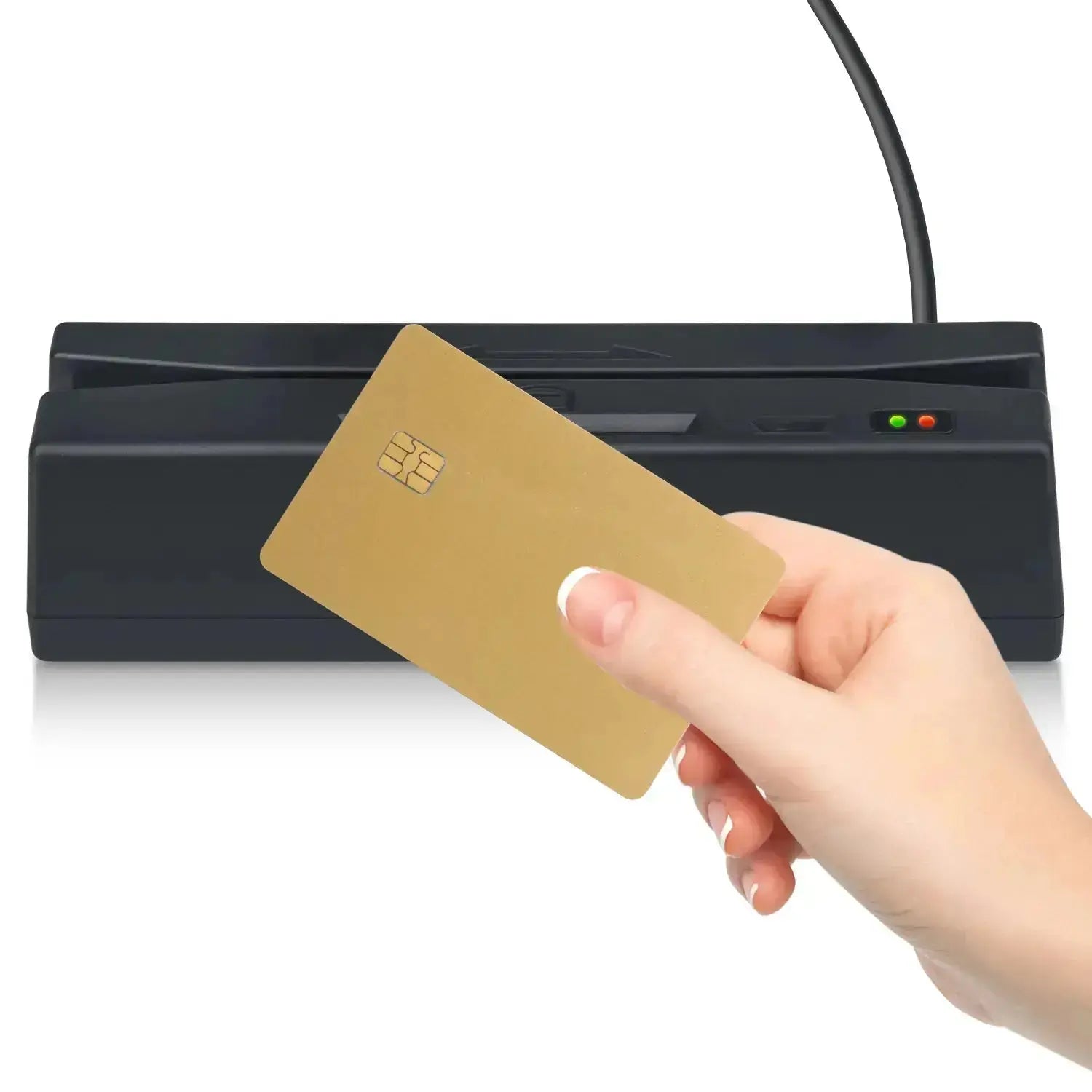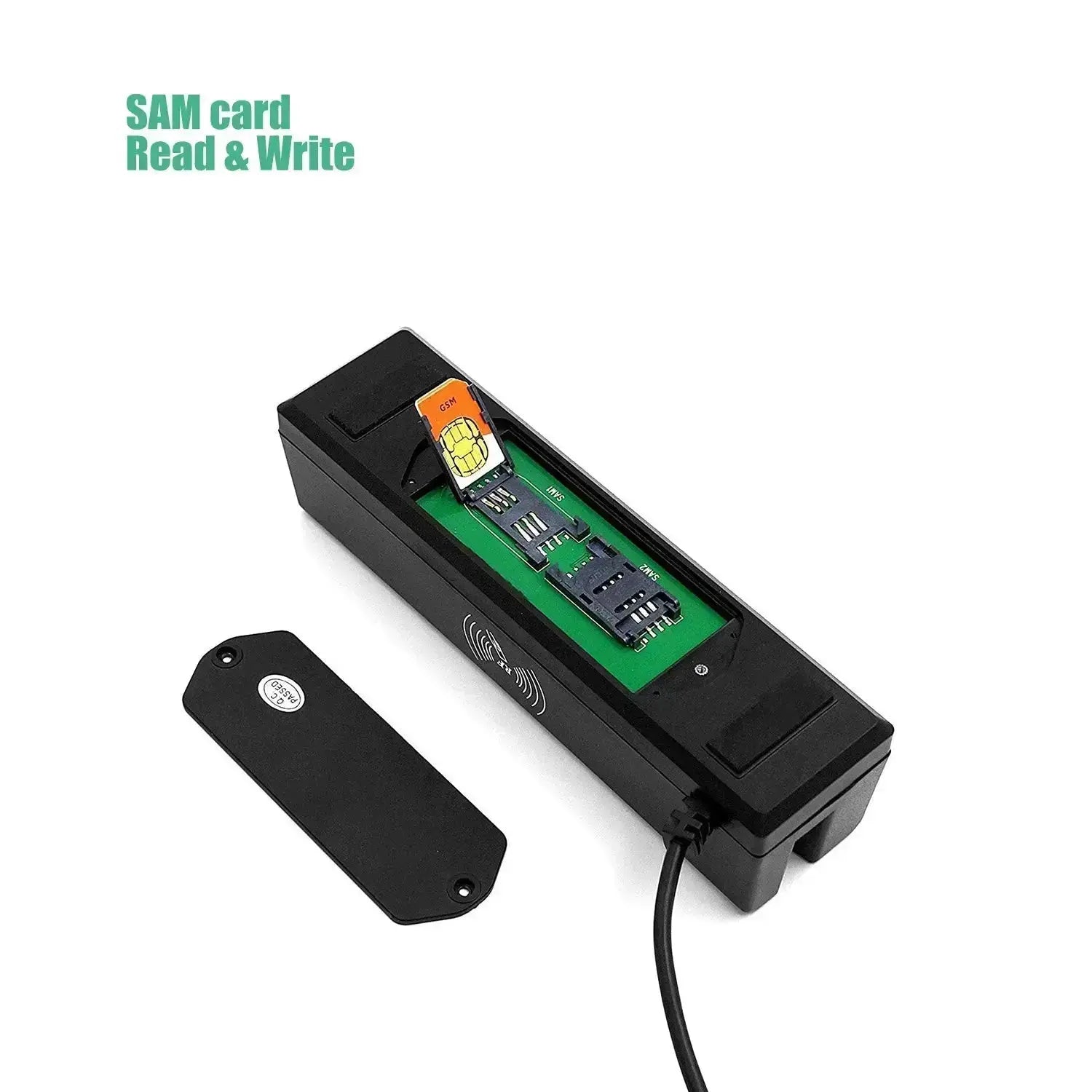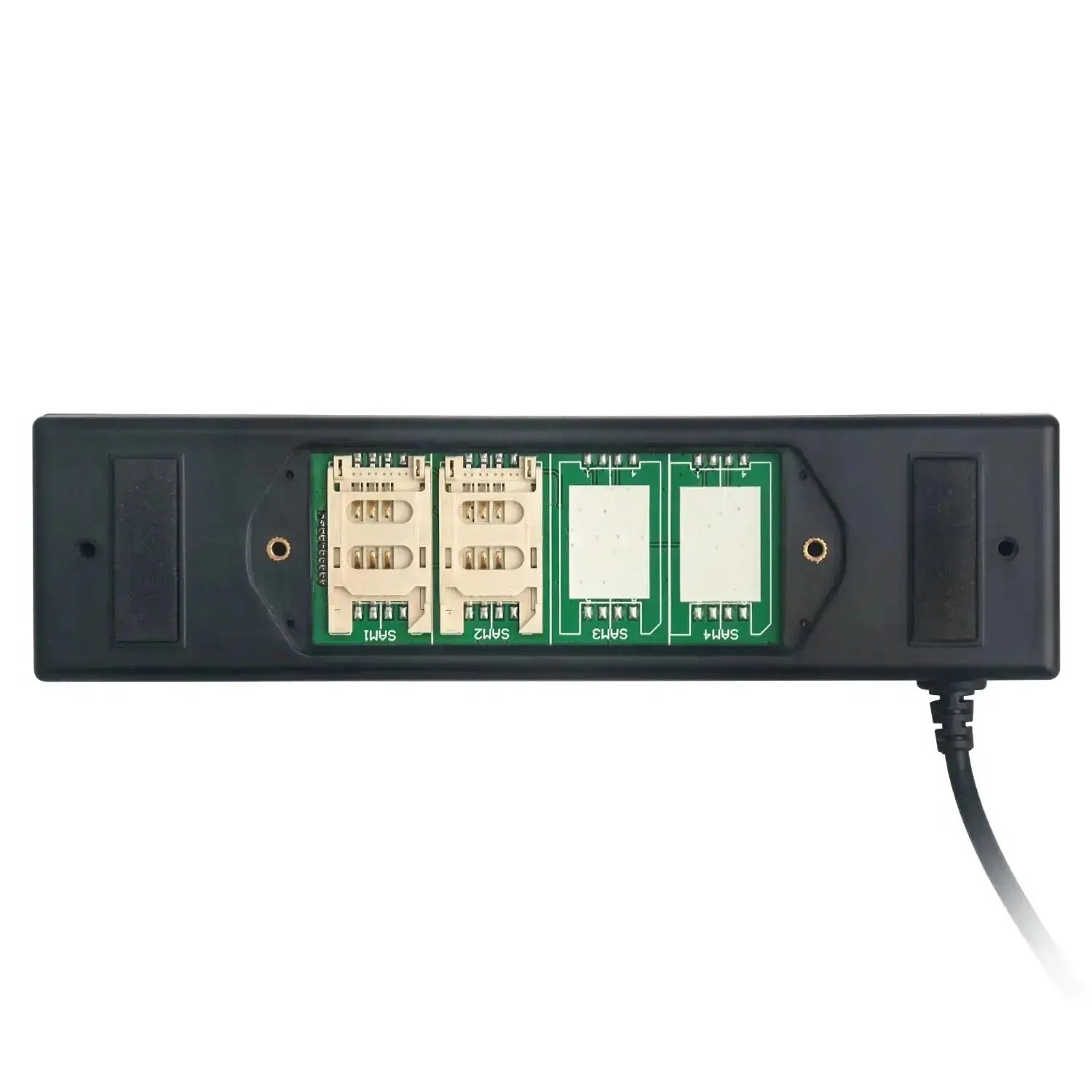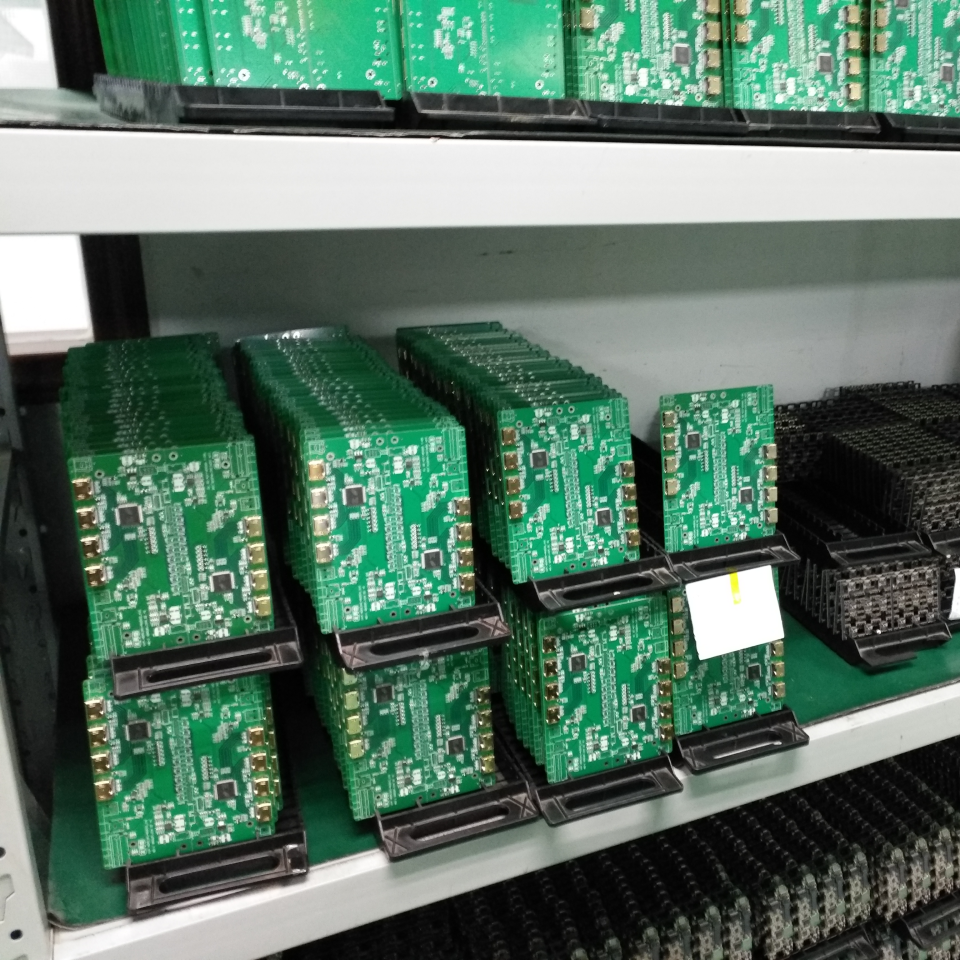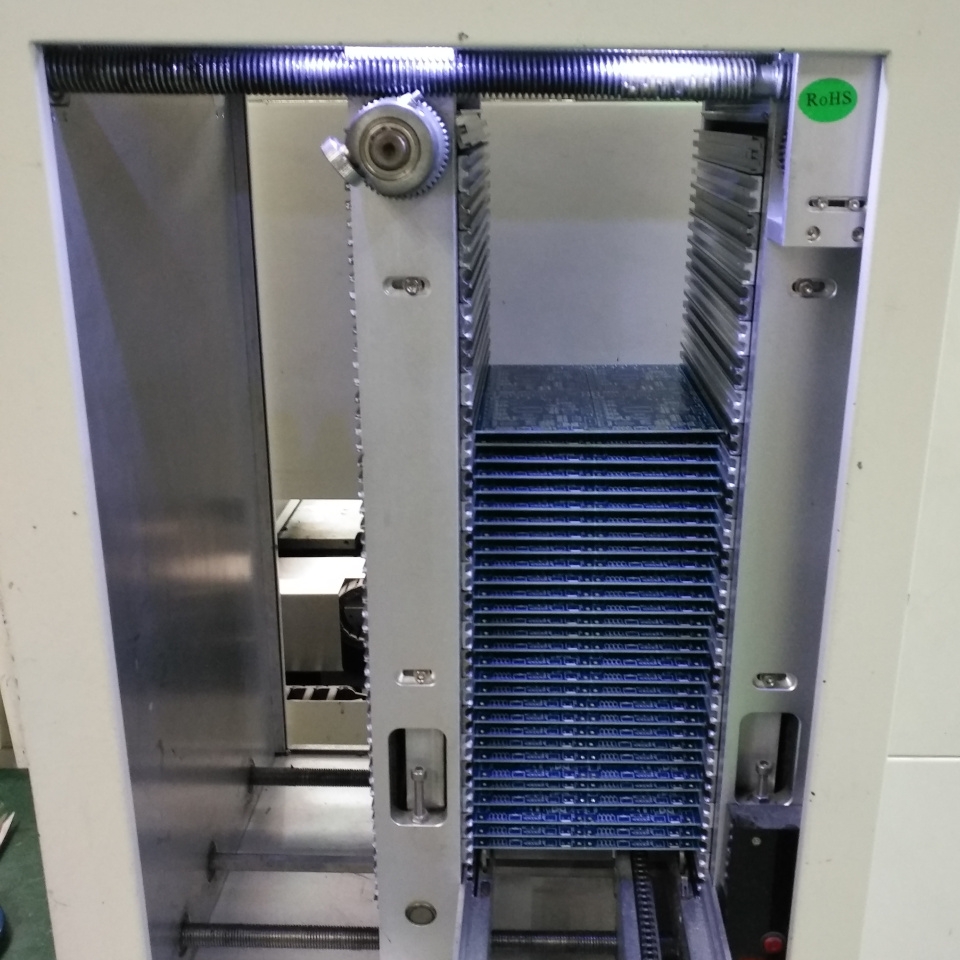What Are EMV Chip Cards?
EMV chip cards are credit or debit cards that use a small, built-in computer chip for secure transactions. Unlike traditional magnetic stripe cards, which store unchanging data, EMV chip cards generate a unique transaction code for every purchase. This added layer of security helps protect against fraud and makes it harder for criminals to copy card information.
What Does EMV Stand For?
EMV stands for Europay, Mastercard, and Visa, the three companies that developed the global standard for chip cards. EMV technology is now widely used worldwide to authenticate and secure payments made with chip-enabled cards.
How Do EMV Card Readers Work?
EMV card readers work by reading the information stored on the chip embedded in the card.
To complete a transaction, the card is "dipped" into the reader slot and left there for a few seconds while the card and the reader communicate.
During this time, the chip generates a unique code that verifies the card’s authenticity. Some EMV chip cards can also be tapped against a contactless reader, using NFC (Near Field Communication) technology for even faster payments.
Are EMV Chip Card Payments Secure?
Yes, EMV chip card payments are more secure than traditional magnetic stripe payments.
The chip technology makes it harder for criminals to duplicate card information.
Unlike magnetic stripe cards, which store static data, EMV chip cards generate a new, unique transaction code each time they are used, making it much more difficult for counterfeiters to replicate.
How Do EMV Chips Protect Against Fraud?
EMV chips protect against fraud by creating a one-time-use transaction code for every purchase.
Even if someone were to steal the transaction code from a specific purchase, they wouldn’t be able to use it again. This makes it much harder for fraudsters to use stolen card data for future transactions.
Additionally, because the card’s information is not stored in the same static way as on a magnetic stripe, EMV technology reduces the risk of card cloning.
What Types of EMV Chip Cards Are There?
There are two main types of EMV chip cards: contact and contactless.
- Contact EMV cards require you to insert or "dip" the card into the reader.
- Contactless EMV cards allow you to tap the card near a contactless reader using NFC technology.
Some cards offer both options, making them more convenient for users in different payment situations.
Contactless payments are faster and becoming more popular in places like the U.S., as many retailers are now moving towards dual-interface systems that accept both types of EMV chip cards.
How To Read & Write Data on EMV Chip?
Reading and writing data on an EMV chip requires special software and hardware, like an EMV card reader writer. These devices follow international standards set by organizations like Europay, Mastercard, and Visa.
Reading Data from the EMV Chip
- Application Selection: Use an EMV chip reader to request access to specific applications stored on the chip, such as a payment application. EMV chips often store apps for different functions, like debit, credit, and loyalty program.
-
Read Command: The reader sends a read command to the chip, asking for specific data. This can include:
- Cardholder information (e.g., name, account number)
- Transaction history
- Cryptographic keys for secure transactions
- Data Retrieval: The chip sends the requested data back to the reader, often in a secure, encrypted format to protect sensitive info.
Writing Data to the EMV Chip
- Write Command: Writing data to an EMV chip is rare. It's usually for authorized personnel, like banks or card issuers. To write data, the reader sends a write command to the chip.
- Authorization and Security Checks: Before writing any data, the chip performs multiple security checks. These include verifying cryptographic keys. Only authorized systems with the correct keys can modify data on the chip.
-
Data Storage: Data is written into specific memory sectors of the chip. This often involves:
- Personalization data (e.g., account numbers, PINs)
- Balance updates for stored-value cards
- Transaction limits or settings
- Verification: After writing data, the system may verify it. It will read the new data to ensure accuracy and integrity.
Transaction Processing and Dynamic Data Writing
- Dynamic Data Generation: The EMV chip creates a unique code for each payment during a transaction. This dynamic code ensures that fraudsters can’t duplicate the transaction.
- Post-Transaction Updates: After a transaction, some info (like completed transactions or loyalty points) may be written back to the chip.
Reading data from an EMV chip is a routine part of payment transactions, but writing data to the chip is a highly secure process, restricted to card issuers or authorized entities. The technology behind EMV chips is designed to keep transactions safe by ensuring that data cannot be easily copied or manipulated, making them a vital part of modern payment security.

